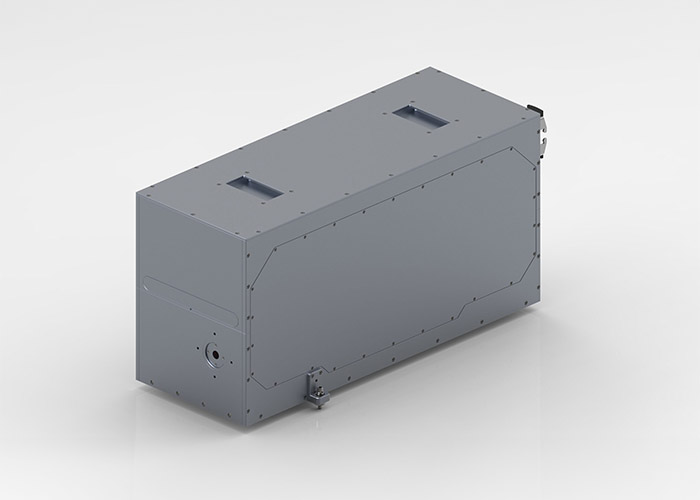- 2µm wavelength ideally suited
- avoiding widespread thermal damage
- Single-site modifications and continuous lines using Bessel-shaped beams
Introduction
In recent years, femtosecond lasers have revolutionized silicon processing, enabling precise, localized material transformations [1-4]. Unlike traditional methods, these lasers can selectively modify silicon’s crystal structure without causing widespread thermal damage, crucial for heat-sensitive microelectronic devices.
Combining laser irradiation at 2μm wavelength with Bessel beam shaping allows deterministic control over the amorphization process, creating both single-site modifications and continuous lines of amorphous silicon. This precision opens new possibilities for in-built microelectronic device processing, allowing targeted modification without affecting surrounding material.
Furthermore, femtosecond laser processing can produce subwavelength periodic surface structures, expanding its potential applications in microelectronics and photonics. These structures enable light manipulation and controlled interaction with silicon, paving the way for developing novel optical and electronic devices.
References
[1] M. Chambonneau, M. Blothe, V. Yu. Fedorov, et al. „Processing bulk silicon with femtosecond laser pulses at 2-µm wavelength“ Proc. SPIE 11270, Laser Applications in Microelectronic and Optoelectronic Manufacturing (LAMOM) XXV, 112700E (2020).
[2] S. Nolte, et al. „Laser ablation of silicon with THz bursts of femtosecond pulses“ Sci. Rep. 11, 13568 (2021).
[3] M. Blothe, et al. „Process regimes during welding of glass by femtosecond laser pulse bursts“ Appl. Opt. 59(22), 6452–6459 (2020)
[4] M. Blothe, S. Nolte, et al. „Nanostructured back-surface amorphization of silicon by nanosecond laser pulses“ Appl. Phys. Lett. 121(10), 101602 (2022).


